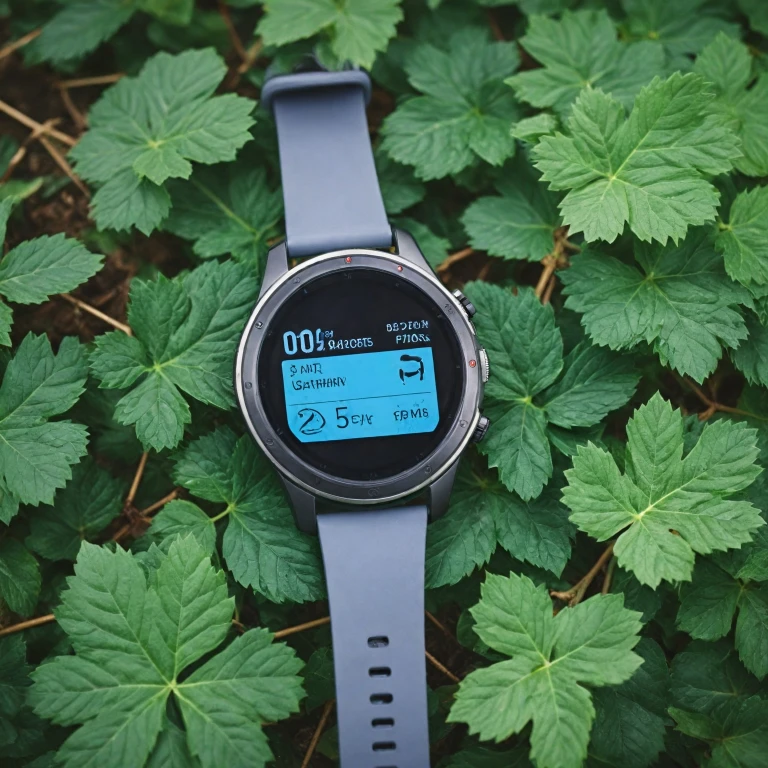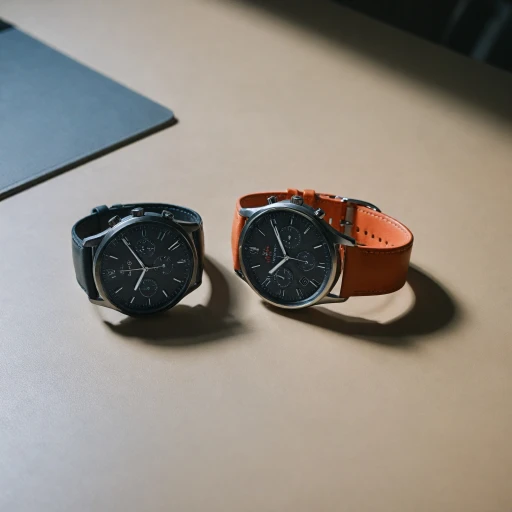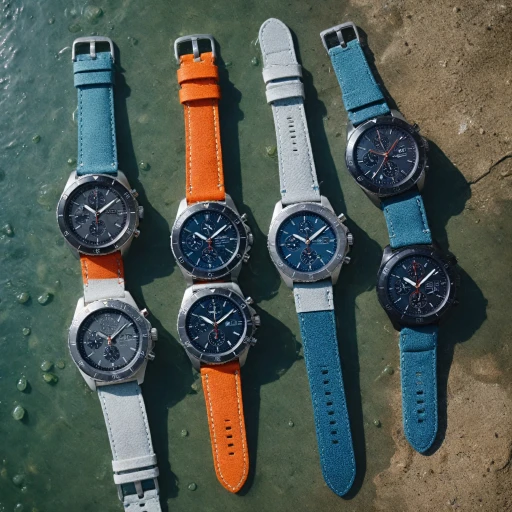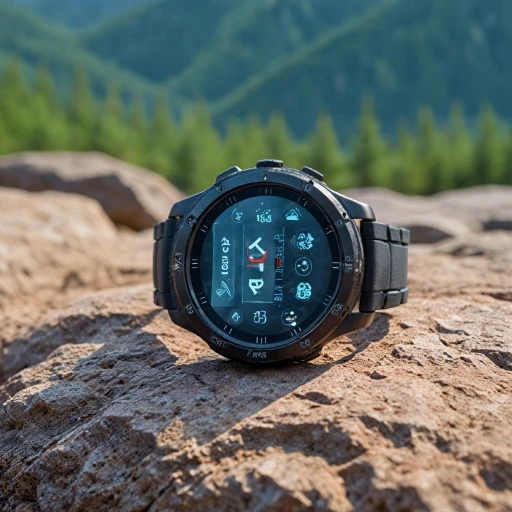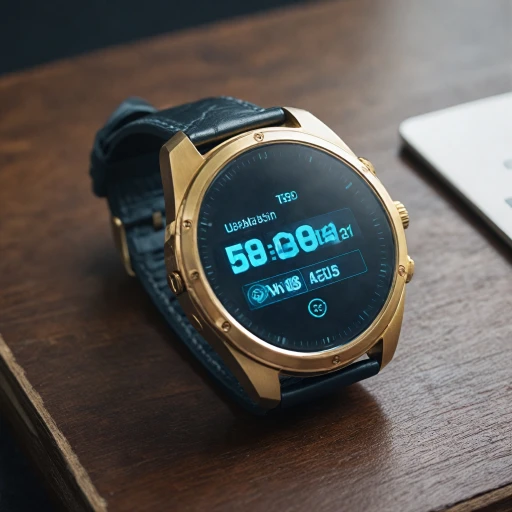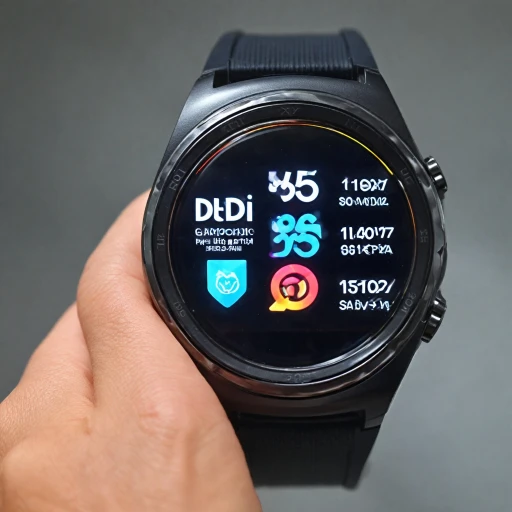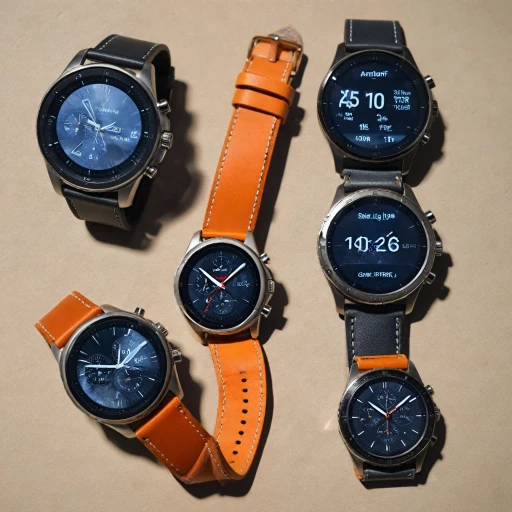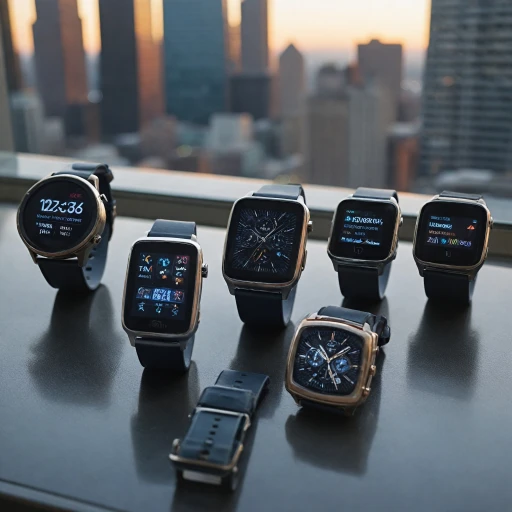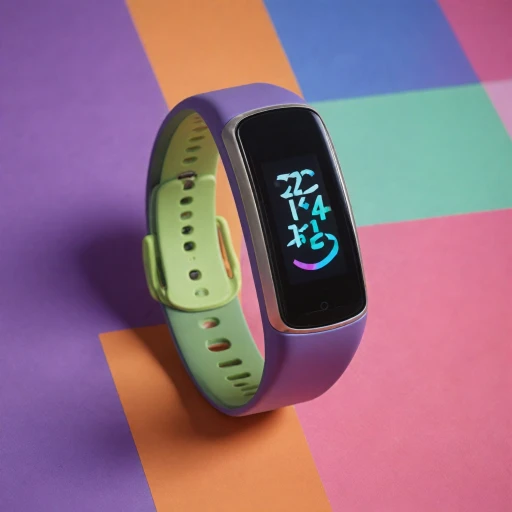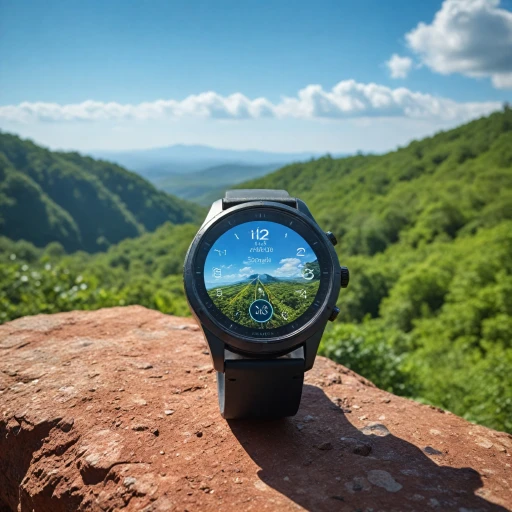
What is RoHS Compliance in Smartwatches?
Understanding RoHS Compliance in Smartwatches
When diving into the world of smartwatches, one term you might come across is RoHS compliance. But what exactly does it mean for your smart watch? RoHS, or the Restriction of Hazardous Substances, is a directive that originated in the European Union. It aims to limit the use of specific hazardous materials found in electrical and electronic products, including smartwatches.
RoHS compliance ensures that your smartwatch is free from substances like lead, mercury, and cadmium, which can be harmful to both the environment and human health. This is particularly important for devices that are in constant contact with your skin, such as a smart bracelet or a fitness tracker. By choosing a RoHS-compliant model, you are making a conscious decision to reduce your environmental footprint while safeguarding your health.
Moreover, RoHS-compliant smartwatches often come with advanced features like heart rate monitors, touch screens, and Bluetooth connectivity, ensuring you don't have to compromise on technology. Whether you're looking for a waterproof fitness tracker or a smart watch with a high screen resolution, there are plenty of RoHS-compliant options available that cater to various needs and preferences.
For those interested in exploring the features of the latest smartwatch models, you might want to check out this exploration of smartwatch features. It provides insights into what makes a smartwatch stand out in today's market.
The Environmental Impact of RoHS Smartwatches
Balancing Technology and Nature: How Smartwatches Contribute to Sustainability
Smartwatches offer incredible features like fitness trackers, heart rate monitors, and touch screens, but the environmental impact of their production is a significant concern. RoHS (Restriction of Hazardous Substances) compliance is a crucial step in addressing this issue.- Reduction in Hazardous Substances: By adhering to RoHS regulations, manufacturers are required to limit the use of materials such as lead, mercury, and cadmium in their products. This results in safer disposal processes and less environmental pollution.
- Enhancing Recycling Processes: RoHS-compliant smartwatches facilitate better recycling practices. With fewer harmful substances present, components can be more easily reclaimed and reused, reducing the demand for new raw materials.
- Promoting Responsible Manufacturing: Companies that produce RoHS-compliant models demonstrate a commitment to sustainable practices. This not only helps safeguard the environment but also influences the tech industry to prioritize eco-friendly manufacturing processes.
- Supporting Biodiversity: The reduction of toxic materials used in smart watch production plays a part in mitigating the negative effects on ecosystems. Increased attention to environmental standards can help prevent habitat destruction and conserve wildlife.
Health Benefits of Choosing a RoHS Smartwatch
The Intersection of Health and Technology
When choosing a smartwatch, the health benefits shouldn't be underestimated, especially when considering an RoHS-Compliant model. These smart devices offer various features designed to monitor different aspects of your health, leveraging technology to provide real-time insights and tracking capabilities.
Real-Time Health Monitoring
- Heart Rate Measurement: With an integrated heart rate monitor, these watches provide continuous tracking of your heart rate, allowing users to adjust their workout intensity based on data.
- Blood Oxygen Levels: Some RoHS smartwatches are equipped with blood oxygen sensors, which can be essential for athletes or those with respiratory issues.
- Blood Pressure Tracking: A few advanced models can also monitor blood pressure, providing users with a comprehensive overview of their cardiovascular health.
Enhanced Fitness and Lifestyle Tracking
Choosing a smartwatch that complies with RoHS standards also supports a healthier lifestyle. Features such as step counters, sleep tracking, and fitness apps assist in achieving fitness goals and improving overall wellness. Pair these with an app on your Android or iOS device, and you gain access to detailed analytics and feedback on your daily activities.
Thanks to their water-resistant properties, these devices are the perfect companions for all kinds of activities, whether you’re running in the rain or swimming in the pool (within limits). It's important to check the waterproof and water resistant ratings to match your needs.
To further understand how these devices are revolutionizing health and fitness tracking, explore the evolution of luxury smartwatches and their health-centric features.
Comparing RoHS Smartwatches with Non-Compliant Models
The Advantages of RoHS Certification for Smartwatches
When choosing a smartwatch, it’s important to consider factors like health impact, environmental footprint, and functionality. RoHS-compliant smartwatches represent a convergence of these aspects, focusing on reducing hazardous substances used in manufacturing. But how do these watches stand up against non-compliant models?
Opting for a RoHS smartwatch means committing to a model designed with fewer harmful chemicals, adhering to standards that promote a more sustainable future. This not only results in a cleaner environment but ensures that consumers are using products less damaging to human health. For those who engage in fitness activities, a fitness tracker with RoHS certification promises safe materials in contact with your skin, a crucial aspect when wearing a device all day.
Additionally, the best RoHS smartwatches maintain competitive features similar to non-compliant models. You can still find a variety of functions including heart rate monitors, blood pressure and oxygen tracking, call capabilities, and various watch apps suitable for Android users. Whether it’s a smart bracelet or a more robust watch for men, these watches provide touchscreen interfaces combined with Bluetooth and sometimes even wifi capabilities, without compromising health and safety standards.
While both RoHS and non-compliant models may offer water resistant and waterproof features, choosing the former can alleviate concerns regarding toxic metal exposure often linked with non-compliant manufacturing processes. Functionality does not have to be sacrificed for safety, as high screen resolution, smart watch apps, and fitness tracking features are standard in many RoHS models at a price point that respects both your health and wallet.
The choice becomes clearer when considering the comprehensive benefits of RoHS-compliant smartwatches, aligning personal health goals with eco-friendly practices and technological advancements.
Challenges in Manufacturing RoHS-Compliant Smartwatches
The Complexities in Achieving RoHS Compliance in Smartwatch Manufacturing
Creating RoHS-compliant smartwatches presents several challenges for manufacturers, ranging from material sourcing to production processes. RoHS compliance, which ensures products are free from specific hazardous substances, necessitates a comprehensive overhaul of traditional manufacturing methods to prioritize environmentally friendly practices.- Material Selection: Finding materials that adhere to RoHS standards while retaining the smartwatch's durability and feature set is a fundamental hurdle. This includes sourcing lead-free solder for the circuit boards and selecting non-toxic materials for the watch smart bracelet and casing that are water-resistant.
- Technological Integration: RoHS smartwatches must incorporate advanced technology without compromising compliance. For instance, integrating fitness tracker features such as heart rate and blood oxygen monitoring, which require sophisticated sensors, involves careful selection of compliant components.
- Cost Implications: Ensuring RoHS compliance may increase the smartwatch's price. The premium often stems from the costs associated with sourcing compliant materials and redesigning production lines. This can impact the min order size for distributors, as manufacturers might require larger orders to offset production costs.
- Testing and Certification: Thorough testing is crucial to verify that smartwatches meet RoHS standards. This involves rigorous examination of each component, from the bluetooth-enabled screen resolution features to the touch screen interface, ensuring every part adheres to regulations.
- Consumer Expectation Management: Consumers expect smartwatches to have various smart features such as call capabilities, a comprehensive fitness app, and advanced bluetooth connectivity. Balancing these expectations with environmental responsibility adds another layer of complexity to the development process.
How to Choose the Right RoHS Smartwatch for You
Steps to Identifying the Ideal RoHS Smartwatch
Choosing the right smartwatch model, specifically one that's RoHS compliant, involves taking into account several critical factors. These devices should not only meet your technological needs but also align with environmental and health considerations that previous sections highlighted.Assessing Your Fitness and Health Needs
A primary consideration is how you plan to incorporate this gadget into your daily routine. Here are a few points to ponder:- Fitness Focus: If tracking workouts and health metrics like heart rate, blood oxygen, or blood pressure is essential, ensure the smartwatch has reliable fitness tracker features.
- Water Resistance: For those who swim regularly or reside in damp climates, opt for a watch that offers water-resistant capabilities.
Compatibility with Devices and Apps
It's crucial to ensure that your smartwatch is compatible with your current devices. Consider the following:- Operating Systems: Check if the smartwatch is compatible with your smartphone's operating system (Android, iOS, etc.).
- App Integration: Look for models that support the apps you frequently use, whether for fitness, productivity, or leisure.
Usability and Features
While technological specifications matter, usability plays a crucial role in your experience. Remember these features:- Screen Type: Decide whether you want a touch screen or a smartwatch with traditional buttons.
- Smartwatch Extras: Some watches offer additional features such as Bluetooth connectivity, making calls, or even connecting to WiFi for an enhanced user experience.
Budget and Value for Money
Finally, balancing features and costs is essential. Here are considerations:- Price Point: Determine your budget range and explore models offering the best price for the features you need.
- Min Order and Additional Costs: Be aware of any minimum order or additional costs that may apply during purchase.
